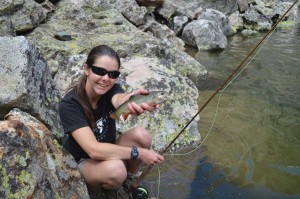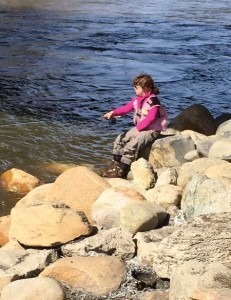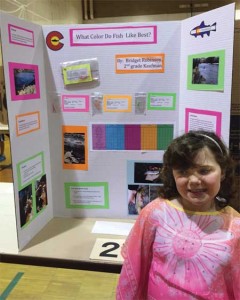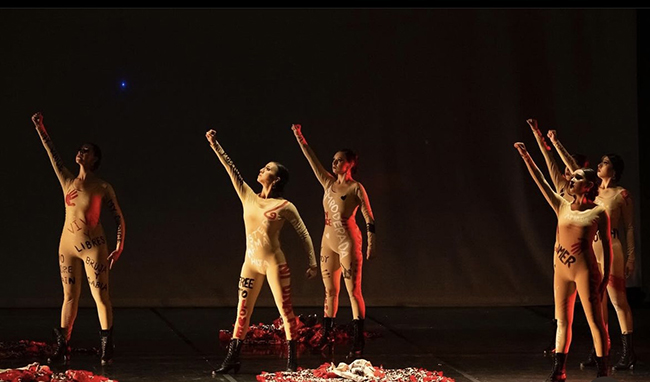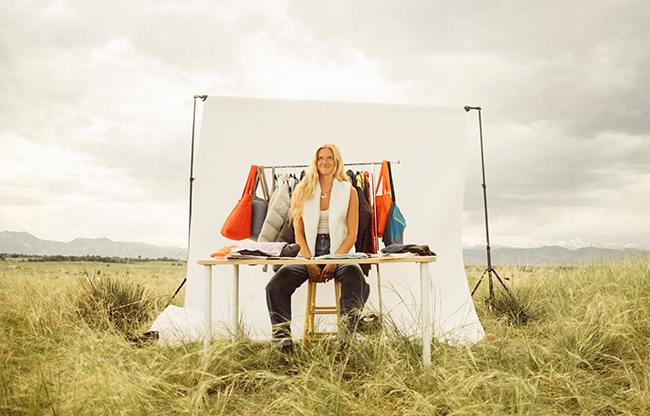Hooked on Fly Fishing
26 Jun 2015
In local fly-fishing shops you’ll find summer camps for kids and guided trips solely for women
By Shannon Burgert If you’re having a rough day, Bridget Robinson has a recommendation: Go fishing. “It gives you time to mellow out,” she explains. Bridget, 8, has been fishing with her father since she was 4. (To date, she estimates that she’s caught around 15 fish.) For her recent science fair project, Bridget decided to test something practical: What color do fish bite on most, green, orange or pink? She chose a simple fly to test, the San Juan Worm. Two of her teachers as well as employees at Rocky Mountain Anglers helped her test out the flies. The winner? Pink. While the face of the sport of fly fishing is still predominantly male, many women and younger people are getting hooked, says Steve McLaughlin, owner of Front Range Anglers. “There’s a group of anglers, the older generation, that have been around for the past 30-plus years,” he says. “They may be slowing down a bit, fishing only in the summertime when it’s a bit warmer, a bit safer.” But every year more young people are picking up a rod, and McLaughlin notes that part of that influx is coming from the university. With each incoming class the numbers rise, he says. More families are trying out the sport as well, says Alex Thoele, 30, who guides for Sasquatch Fly-Fishing in Rocky Mountain National Park. Thoele says, “It used to be the idea that Dad would go fly-fishing, while Mom and the kids would go shopping or go do something else. Now it’s often, ‘Let’s get the whole family out there and try it.’” That changing demographic is reflected in local angling shops too, where you’ll find summer camps for kids and guided trips solely for women. Because it’s not just “old guys” out there fishing, there are also more women guiding in recent years, Thoele says. Guiding for Sasquatch is what first brought Katie Burgert, 22, to Colorado. “It was a dream come true, and I still feel that way,” she says, adding that the best part is seeing someone catch their first fish.The Lure of Fly-fishing
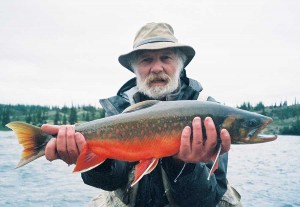
Fishing the Front Range
Thoele says there’s a movement toward fishing locally, and Colorado has 6,000 miles of streams and more than 2,000 lakes and reservoirs to choose from. Thoele used to drive far to seek out bigger fish, but, he says, “That’s not why I fish anymore, to get big fish.” (On the Sasquatch site, Thoele’s bio notes that he “believes that all fish should have a chance of getting photographed, not just the big ones.”)